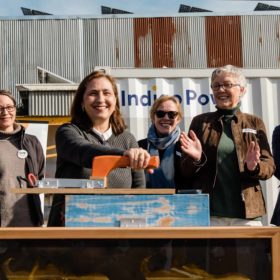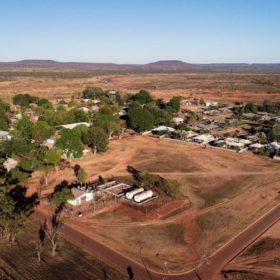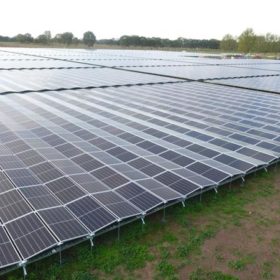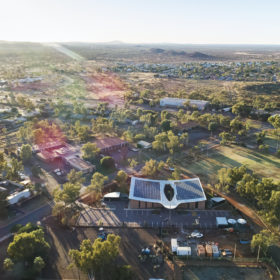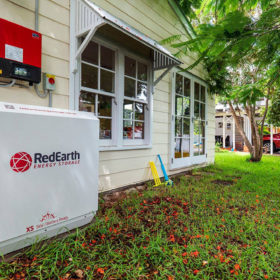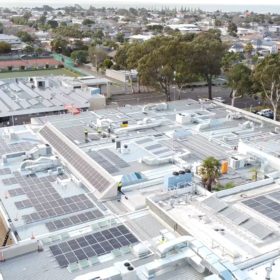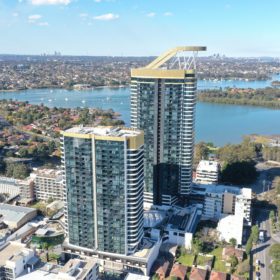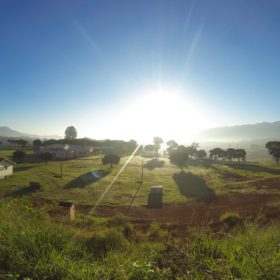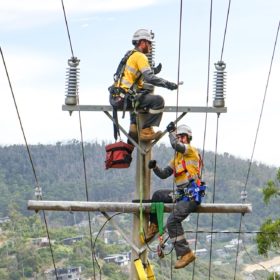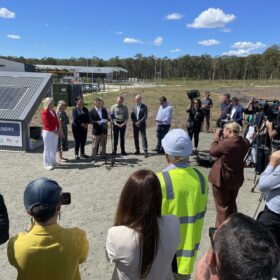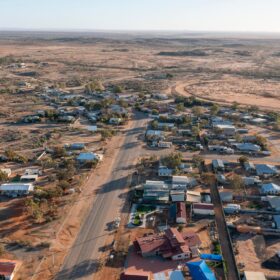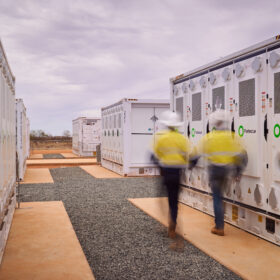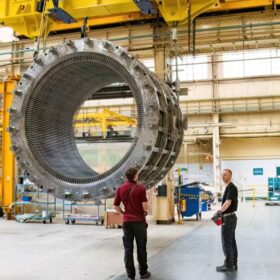Communities step up when the Coalition won’t
Embarrassing Australia on the world stage is one of Prime Minister Scott Morrison’s favourite marketing ploys. But while the federal government continues to fail its constituents, particularly those in rural communities, those rural communities themselves are taking the energy transition into their own hands, along with the ownership of their own solar generation.
Horizon rolls out solar+storage solution in state’s most remote settlement
One of Australia’s most remote settlements will soon be powered by renewable energy with Western Australia utility Horizon Power announcing construction is well progressed on a 700 kWac solar farm and a 1.78 MWh battery energy storage system being installed in Kalumburu.
Providence to trial hydrogen-lithium battery at solar farms
Australian clean energy investment firm Providence Asset Group will roll out hydrogen-lithium battery technology at its solar farms after partnering with the Commonwealth Bank to fund a portfolio of 10 community-based solar plants in regional Victoria as part of the group’s larger ambitions to develop up to 40 ~5 MW solar farms across the eastern states.
Award for solar-powered health care centre serving Newman’s Indigenous community
Solar installations can rarely be described as a crowning glory, but this Pilbara health clinic hums with renewable energy that is an integral part of its nurturing, elegant, proud design.
Battery start-up raises $12 million as it prepares for ASX listing
Queensland-based designer and manufacturer of lithium-ion battery energy storage systems RedEarth Energy Storage plans to expand its product range and increase manufacturing capacity after raising $12 million in a pre-initial public offering funding round led by Ord Minnett Private Opportunities.
City council powers ahead with 4 MW virtual power network
Victoria’s Hobsons Bay City Council is powering ahead with plans to establish a virtual power plant, confirming the installation of a combined 4 MW rooftop solar PV system across more than 40 council-owned buildings has begun in earnest.
Saturday read: Keys to urban solar
Buildings are considered to be a major driver of emissions. In addition to the predicted billions of square meters of space that will be built across the world over the next decade, most developments standing today will still be around in 2050. Thus, retrofitting existing structures is seen as a key sustainability target. In the fourth quarter of 2021, pv magazine’s UP Initiative will focus on the role that solar and energy storage can play in greening the world’s urban spaces.
Let there be sunlight … in the public parks of high-density communities!
As councils in suburban areas seek to maximise access to services and amenity by planning for higher-density living, outdoor spaces soaked in sunlight and rich with plant life are at risk. In two world firsts, Heliosystems has used concentrated solar power, a cousin of PV, to cast warming, mood-lifting light where the sun would otherwise not shine.
4.9 MW Ramahyuck Solar Farm set to be first wholly owned and operated by an Aboriginal Corporation
The Ramahyuck District Aboriginal Corporation has won over $1 million in funding from the Victorian Government for the development of a 4.9 MW solar farm, as well as several other community arrays. This is a win for Indigenous self-determination and a proven long-term income and employment stream which will help to “enable a healthy, strong and vibrant Aboriginal community”.
Powercor claims 30% increase in rooftop solar export approvals
Victorian network service provider Powercor claims a major works program designed to alleviate grid congestion in areas of high rooftop solar PV penetration has boosted the approval rate for new solar connections to export excess energy to the grid by an impressive 30%.
